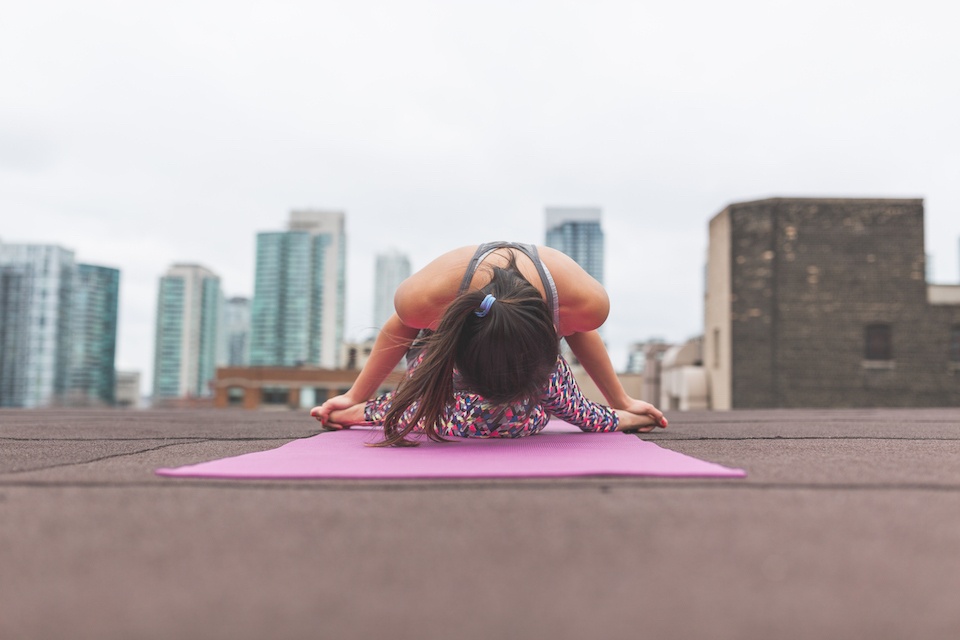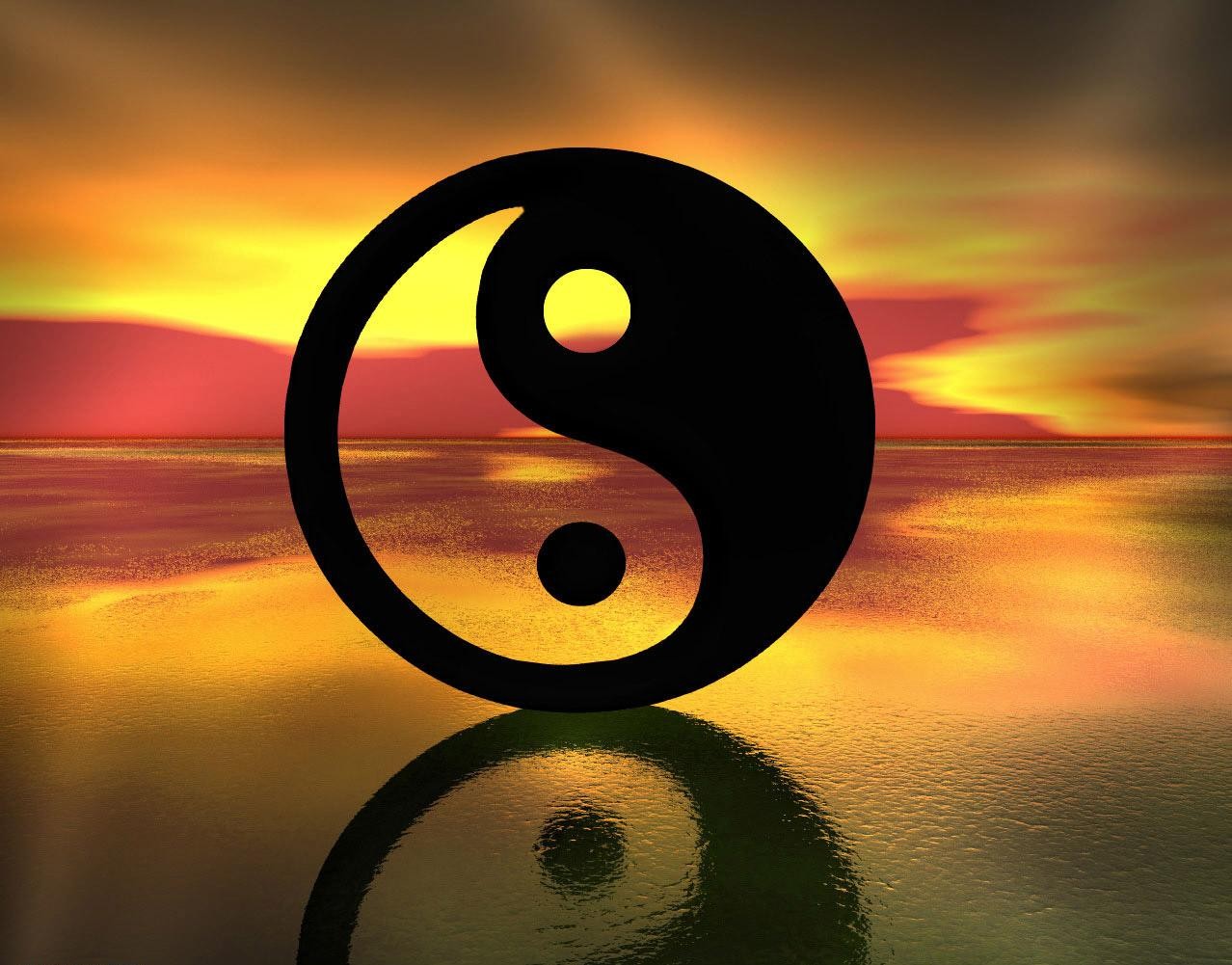You probably don’t need me to tell you that mindfulness practice offers a broad array of benefits for the willing and dedicated practitioner. When we open ourselves to this practice, we create the potential for our lives to be transformed in ways that might seem subtle, but truly make a world of difference. Though many of the benefits of mindfulness are personal and internal—improved concentration, expanded sense of awareness, increased patience, and enduring states of tranquility, to name a few—some important aspects of the practice can positively affect our external experience as well. Take communication, for example. Using mindfulness in our communication with others can improve our relationships and help us navigate even the most difficult conversations.
If you already have a practice of cultivating mindfulness, a little intention is all you’ll need to start applying it to your communication. If you haven’t yet developed a practice of mindfulness, that’s a good place to start. In case the concept isn’t clear, mindfulness is essentially a practice of paying attention, on purpose, in the present moment, with a spirit of awareness, acceptance, and nonjudgment. Mindfulness can be cultivated through formal meditation practice, or on its own throughout the course of your day. By focusing your attention on what you’re experiencing in the moment, and letting thoughts drift into and out of your awareness instead of pulling you away, you start to flex a mental muscle that can help you create radical transformations in your life.
When it comes to communication, there are five simple steps you can follow to bring about more mindfulness and match the words you say with the meaning you want to convey.
1. Set a Clear Commitment. When we communicate with others—especially if that communication includes differences of opinion or requires some vulnerability—it can be easy to lose sight of our intention. That’s why it’s so important to make a clear commitment to yourself that can anchor your attention and help you stay focused as you navigate the conversation. Ask yourself, “What am I committed to creating in this conversation?” Then, whatever your response is—“connection,” “clarity,” “understanding,” etc.—make sure your words are aligned with that particular commitment.
2. Choose Your Words Carefully. It’s easy to get so caught up in our desire to be heard that we lose sight of what we really want to say. Talking mindlessly in this way can steer us away from what we truly want to express, or cause others to tune us out. Intention, one of the cornerstones of mindfulness, goes a long way when we’re communicating. Once you’re clear about the message you want to get across, use great care to choose words that directly convey that message—no more, no less. Mahatma Gandhi is known for saying, “Speak only if it improves upon the silence.” This is a helpful reminder to keep your message straight and to the point. Say what you mean, mean what you say, and don’t be afraid of silence. Sometimes those pauses are exactly what the other person needs to process what you’ve said and respond mindfully in return.
3. Listen With All You’ve Got. No matter how eloquent we might be, our ability to communicate is only as good as our ability to listen. It’s in the listening, in fact, that mindfulness becomes most meaningful and impactful. Often, when someone’s speaking to us, we drift into our minds and start preparing our response. But there’s no way we can be fully present to what’s being said to us if we’re busy thinking about what we’ll say next. Treat the act of listening as a true mindfulness practice. Allow your attention to rest completely on the words being said to you; and any time your thoughts threaten to pull you away, gently return to the act of listening and center your awareness there again.
4. Let Connection Be Your Guide. Communication is about much more than the words being exchanged between two or more people; it includes body language, tone of voice, timing, and much more. Keeping this in mind can help us bring all of our presence and awareness to our conversations, enabling us to communicate clearly and be grounded, graceful recipients of what others communicate to us. As you engage in the act of communication, practice attuning yourself to the other person. Eliminate distractions, and allow yourself to fully connect. Doing this will help you respond more effectively to what’s really being expressed.
5. Don’t Forget to Breathe! In our mindfulness practice, our breath is one of our most powerful tools. It helps us get out of our heads and into our experience; it moves us past impulsivity into intentionality. When you communicate with others, make it a point to connect with your breath, and use it as a way to support you in carrying out the previous four steps. You’ll be amazed at how much more grounded and clear minded you can be on the other side of just one deep, intentional breath.










